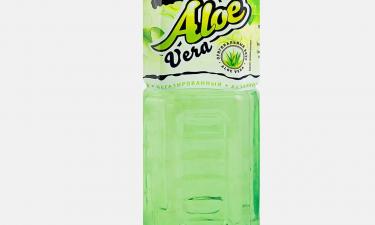ISS Crisis to Be Settled Within Year?
The International Space Station, or the ISS, will get on scheduled routine within this year, promise Russian-US expert efforts. A Russian Soyuz craft will bring another crew of two - a Russian and an American - to the station, April 26, says a prominent Mission Control Centre functionary. NASA expects to resume its Space Shuttle programme, autumn. ISS seal-up apprehensions are receding.
A station crisis was looming, last autumn, due to doubts whether Russia could guarantee adequate vital supplies in 2003/04. Russian space bosses - Yuri Semyonov, Designer-General of the Energia rocket corporation, and Yuri Koptev, Rosaviacosmos federal aerospace agency Director-General - did not conceal utter pessimism. Russia could not afford further space effort as such, to say nothing of participation in major transnational projects, they said as one.
The Columbia crash of early February came as a turning point. Russian domestic space problems receded with the tragedy. Russia determined to do all it could to provide ISS supplies singlehanded with the shuttle programme suspended. All paper work is over to coordinate the April flight with the USA, report Mission Control Centre informants. Now is high time to equip a Soyuz. Preparations are starting for another Soyuz trip, next October's. Russia has enough spaceships, at varying readiness stages. They can be prepared for flight quickly enough if money aid comes.
Aware of ISS importance for the national space effort, Americans are working with all enthusiasm on the emergency demands. NASA cannot take time waiting for final expert conclusions on the Columbia tragedy, and has to resume shuttle ventures as early as next autumn, William Riddy, in charge of space flights, said to the personnel, March 14.
Possibly, shuttle flight resumption prospects are coming up because February disaster causes are more or less clear. A majority of Russian and other experts blame a thermal isolation foam fragment. It came off a suspended fuel tank during the launch to hit the left wing 80 seconds after takeoff. The plasma-corroded spot caused a chassis wheel fracture, and fast insulation destruction brought the fatal blast.
A profoundly original resolution was made on the NASA top to provide thorough shuttle orbit monitoring and store up information to eventually update the craft. Shuttles will now make obligatory intermediate stops at the ISS to examine the docking unit with a manipulator of Canadian design and make, and determine whether the craft can go on or the station crew has to examine it more thoroughly and make repairs, when necessary. The prospect demands Russian-US expert work to amend crew missions and cargo lists.
The International Space Station has thus developed into a vital necessity for the Space Shuttle programme.
Subscribe to Pravda.Ru Telegram channel, Facebook, RSS!





